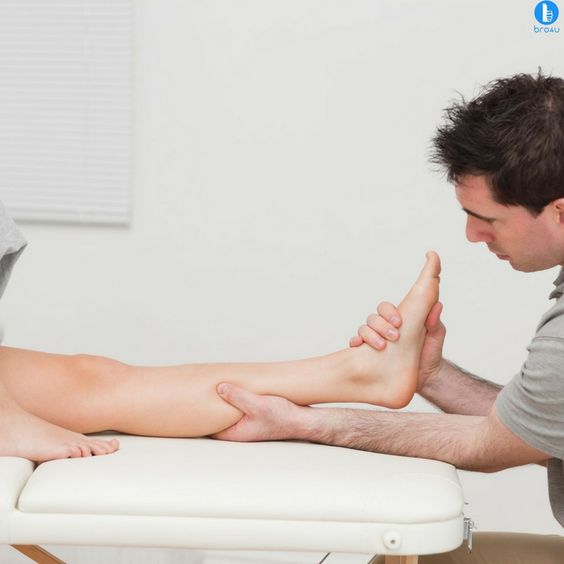Stress and trauma are major contributors to mental, physical and emotional disorders. Stress and trauma can lead to a dysregulation of your autonomic system, which is correlated with lowered Vagus tone.
Trauma is not an actual event, but a physical experience. It’s important to note that trauma is not an event, but a somatic experience. How we experience it (i.e. “embodie” something) is what matters. The same experience can be traumatic to one person while being completely fine for another. It is possible that the experience can be recorded as a physiological reaction (with or with out a psychological impression) which has a dysregulating impact on our autonomic system. It is interesting to note that trauma can pass down from generation to generation. This can lead us into a dysregulated nervous system as the result of someone else in our family having suffered trauma.
Chronic stress can also lead to a dysregulated nervous system and a poor tone of the Vagal nerve. Chronic stress is when you are constantly worried (about not paying your bills, about losing someone close, about getting sick, being unloved, or not feeling fulfilled in life). It’s all about our perception and how we embody the situation. The same situation may be viewed as stressful by one individual and as a positive opportunity by another. These two individuals will therefore have different responses to their autonomic nervous systems (the second person staying resilient and healthy, while the first is more inclined towards illness).
It’s obvious that it is important to tone the Vagus Nerve. This not only releases trauma and stresses already stored within the body, but also increases our resilience of the autonomic nervous systems (so that we are better equipped to deal with stress in the future). Improved Vagal tone is associated with a reduction in neck and back discomfort, better digestion and sleep, inner calm and peace, weight loss and more.
The Vagus has three main functions: the parasympathetic – rest, digest, connect and socialize; the sympathetic – mobilize, fight or flee; and the dorsal – freeze, paralyze, depress (called em>dorsal/em> because the corresponding branch of the Vagus goes to the back). It has three functions. The parasympathetic is the state of relaxation. Other two states are stress. The sympathetic is the better of the two because we can do something to reduce our stress. We are motivated and ready to act. Despite this, it is also in the sympathetic state that we tend to gain weight the most (due to cortisol elevation and increased insulin). The “freeze mode” can also be dangerous, as it paralyzes and makes us feel depressed, despondent and disconnected. This freeze mode is often associated with back pain, neck stiffness and mood disorders.
Each of these three states can have a positive effect depending on circumstances. It is important to be able to move from one state smoothly into the next. The key to resilience is the ability to change between these states when needed, and not get stuck in one. That’s what Vagal Tone exercises are all about.
The Vagus is the most important link between the brain and gut. This communication occurs in both directions, with 20% of the data flowing from the brain into the gut while the remaining 80% flows from the gut back to the brain. We can therefore appreciate how important it is to maintain optimal gut health in order for autonomic nerve system function, but also understand the impact of autonomic system dysregulation on digestive functions.
Here are some easy techniques that can tone your Vagus Nerve. This will help release trauma, stress and pain. It also increases flexibility and resilience to future stress. These simple exercises can help you cope with stress without resorting to alcohol, caffeine, or food.
- Breathe in for 5 counts, hold your breath for 2 and then exhale for 8.
- Keep your head upright and keep moving your eyes rightward for 30 second. Then, bring your eyes back to center briefly and then move them leftward for another 30 sec.
- Stretch your ears and behind the ear.
- Face a cold splash of water
- Shower with cold water.
- Sing, gurgle and hum.
- Relax by listening to soothing music, laughing, stretching, meditating, or meditating.
- Never go to sleep on an empty stomach.




